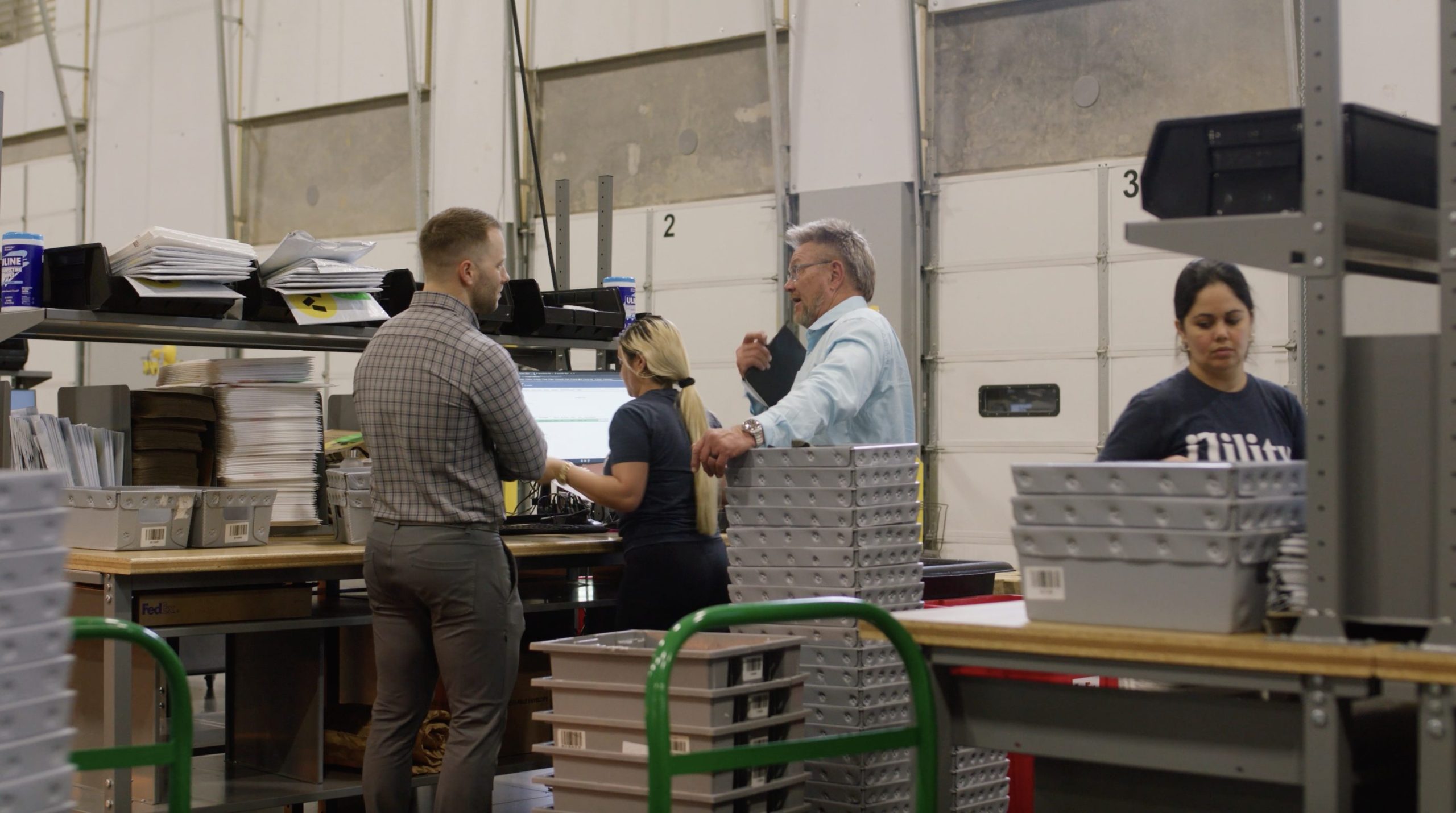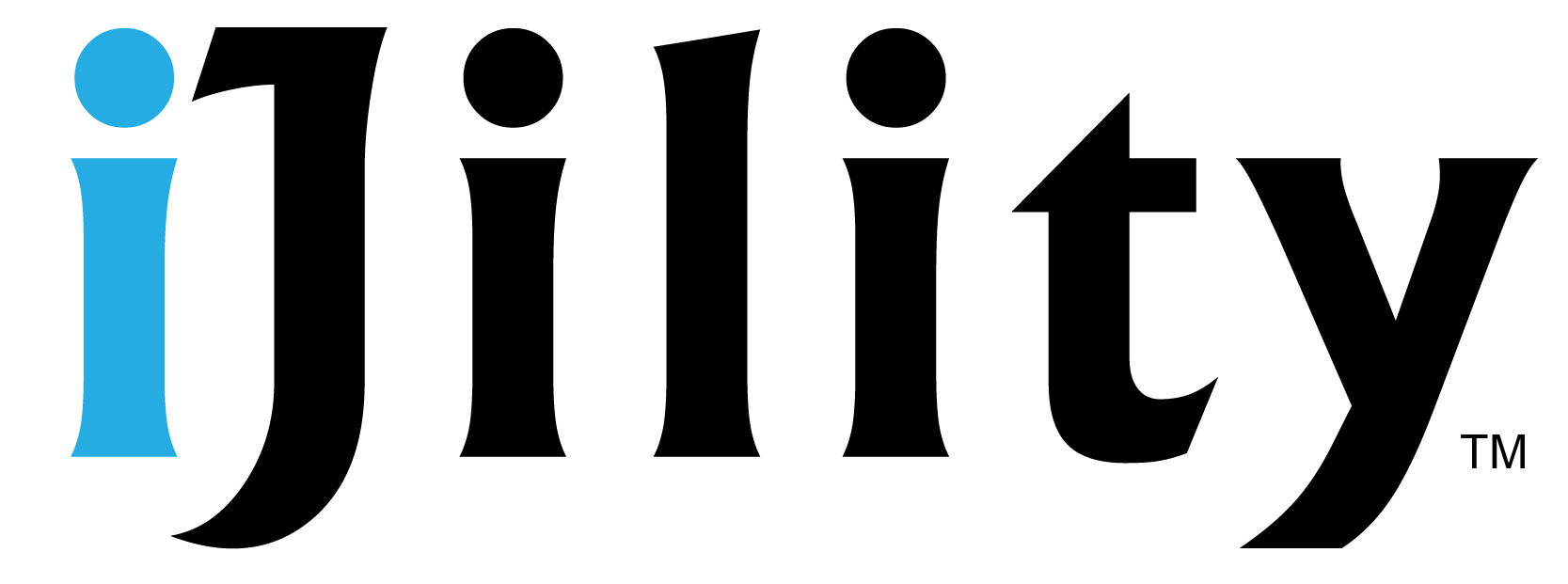
Let’s face it, in an unpredictable economy, managing operational efficiency while keeping labor costs in check is a tough balancing act. But it doesn’t have to be impossible. By diving deep into the labor market and understanding its movements, businesses can handle these challenges with more confidence. It’s about looking at the bigger picture—from economic indicators to workforce dynamics—and tying it all back to the core business strategy. When these pieces come together, it becomes easier to maintain productivity, profitability, and customer satisfaction, even when the economy feels shaky.
Let’s break down how to assess labor market uncertainty and use that insight to plan for more predictable labor costs, even in uncertain times.
Understanding Labor Market Uncertainty and Its Effect on Operations
It all starts with the numbers. Take a good look at key economic indicators like GDP growth, inflation, and unemployment rates. This gives you a snapshot of how the labor market is doing and where there might be bumps in the road. Knowing this helps you anticipate changes and prepare your business for what’s coming. It’s the foundation of staying ahead when labor costs are a moving target.
Next, focus on industry-specific trends. Is consumer demand shifting? Are new regulations in the works? Has technology changed the way your industry works? These factors can influence labor availability and costs in big ways. Keeping an eye on these developments helps you stay nimble and adapt before problems arise.
Don’t forget to look at your own workforce composition. Knowing the balance of full-time, part-time, and contract employees helps you uncover potential weak spots when the labor market shifts. This kind of insight informs smart decisions around hiring, retention, and workforce development, all of which play a role in maintaining consistent labor costs.
Another key step is to see how labor market uncertainty impacts critical business metrics—things like productivity, profitability, and customer satisfaction. If you see cracks forming in these areas, it’s time to act fast. Labor instability shouldn’t be allowed to threaten your operational efficiency.
Finally, pay attention to what your competitors are doing. How are they responding to labor market challenges? Sometimes, the best ideas come from seeing what’s working (or not working) for others. Learning from the industry can give you an edge when it comes to talent acquisition and retention.
By thoroughly assessing the labor market and its effects on your business, you’ll be better equipped to handle unpredictable times while keeping your workforce stable and productive.
Building a Flexible Staffing Strategy to Control Labor Costs
Once you’ve assessed the labor landscape, it’s time to build a staffing strategy that’s ready for anything. Flexibility is key here. A good staffing plan aligns with your business goals but also accounts for the unexpected. So how do you do that?
A solid workforce plan isn’t just about filling today’s open roles—it’s about anticipating future needs. Look at potential labor market disruptions and plan for how they might impact your business. Whether it’s sudden changes in labor availability or rising costs, having a plan in place means you can respond without losing efficiency.
Mixing Up Staffing Options
A diverse staffing strategy helps you stay flexible. By combining full-time, part-time, contract, and freelance workers, you can adjust labor costs based on business needs. This kind of mix gives you the agility to scale up or down as necessary, without overcommitting to any one type of employee.
Building partnerships with workforce providers or tapping into talent networks can also be a game-changer. These relationships provide quick access to skilled workers when demand spikes or turnover is high. By streamlining your hiring process, you ensure that you’ve got the right people in place to maintain productivity and meet customer needs.
In a changing labor market, flexibility isn’t just about your hiring strategy—it’s about your current workforce too. Investing in cross-training and upskilling your employees makes them more versatile, which can help you manage shifts in demand without needing to bring in new talent. Plus, it boosts engagement and loyalty, keeping your team strong even in uncertain times.
Don’t forget to lean on technology. Data analytics and workforce management tools can help you predict labor needs, optimize staffing levels, and find opportunities for cost savings. These tools make it easier to make smart decisions and keep labor costs predictable, even when the market is anything but.
Retaining Your Workforce: The Key to Consistent Labor Costs
Once you’ve got a flexible staffing strategy in place, the next priority is retaining your employees. Keeping a stable workforce is crucial when trying to maintain predictable labor costs. So how do you ensure that your best people stick around?
First off, focus on employee well-being. Develop programs that address not just physical health, but mental and financial health too. When employees feel taken care of, they’re less likely to leave. Healthy, happy employees lead to lower turnover, which translates to lower labor costs.
Make sure your compensation packages are competitive. This doesn’t just mean salary, but bonuses, benefits, and other perks too. When you offer fair compensation, you not only attract top talent, but you also retain the skilled workers you already have.
A positive workplace culture goes a long way in retaining employees. Foster an environment where people feel appreciated, heard, and involved in the company’s mission. The stronger your workplace culture, the more likely your employees are to stay—even when times get tough.
Employees today value flexibility. Whether it’s remote work or flexible hours, giving people the ability to balance their work and personal lives keeps them happy and engaged. And engaged employees are less likely to leave.
Finally, invest in your team’s future. Offer career growth opportunities like leadership training or tuition reimbursement. When employees see a clear path forward within your company, they’re more likely to stick around for the long haul.
Wrapping It Up: Stay Flexible, Stay Ahead
Planning for predictable labor costs in unpredictable times is no easy task. But by staying flexible, assessing the market regularly, and investing in your people, you can navigate whatever comes your way. Keep an eye on trends, build a strong, adaptable staffing strategy, and always be ready to pivot. The key is to stay agile, proactive, and prepared for change.
About iJility
Are you ready to take on workforce challenges and turn uncertainty into opportunity?
iJility is a leading provider of workforce optimization solutions, specializing in supply chain operations and on-site management. With a focus on reducing turnover and increasing productivity, iJility delivers customized strategies that align with client-specific goals. Their experienced leadership team integrates data-driven decision-making and innovative solutions to address today’s competitive labor market challenges. Businesses gain access to scalable, dependable workforce solutions designed to optimize operational efficiency and drive measurable results when they partner with iJility. Schedule a discovery call with iJility today.
Author: iJility


